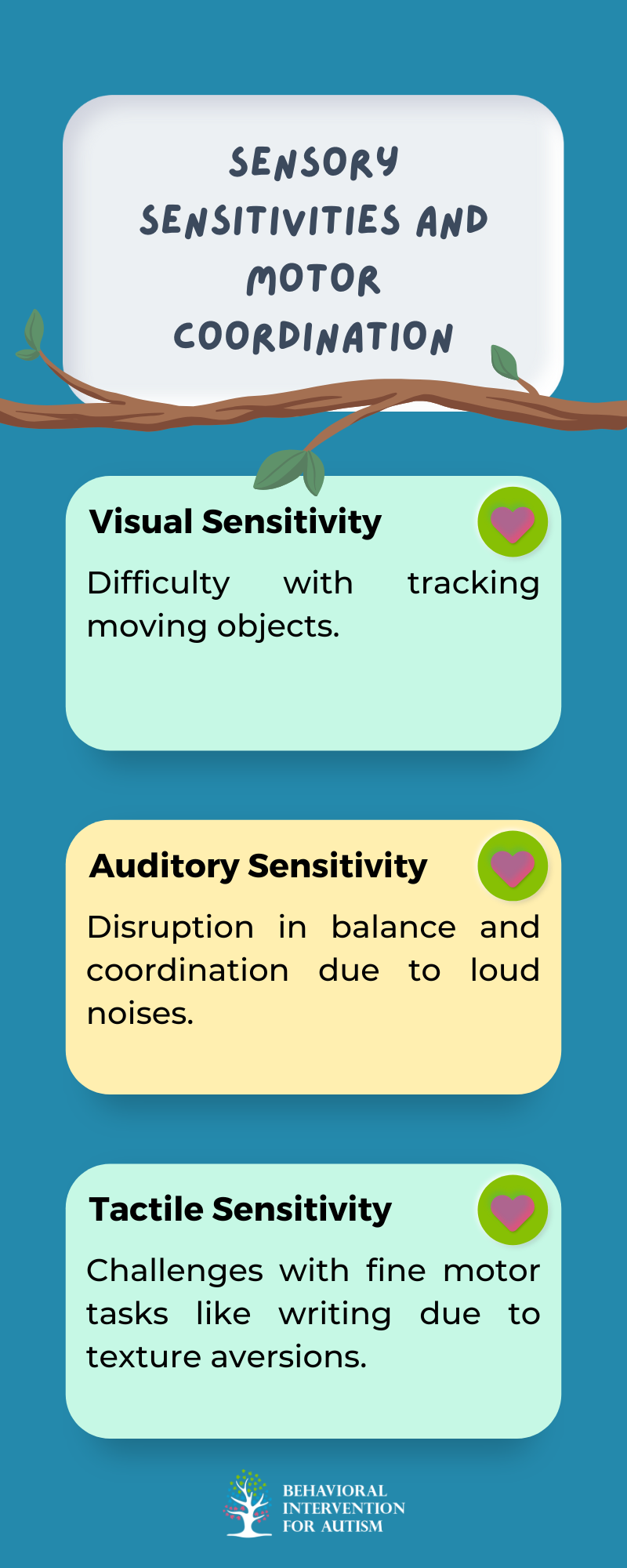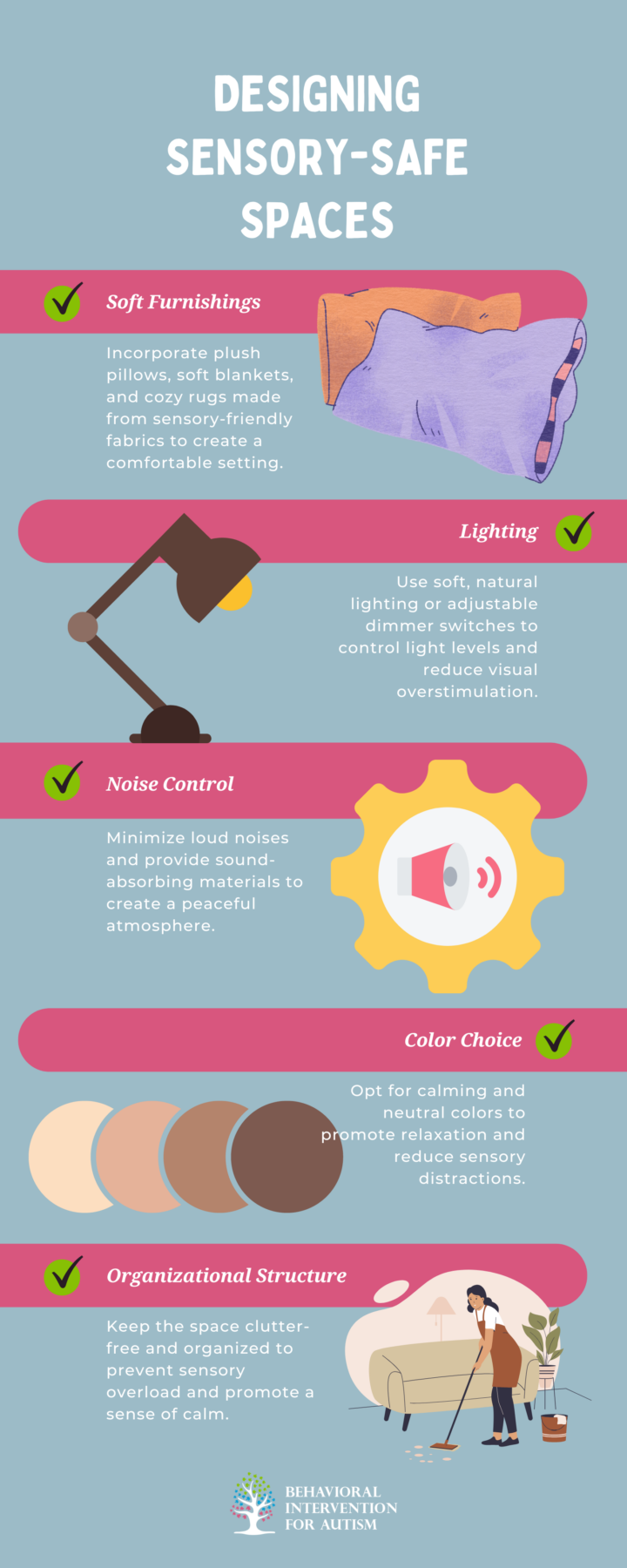A Florida sheriff’s deputy ran through the woods, ripped off his bulletproof vest, and ran into a pond after hearing the cries of a missing 5-year-old autistic boy. This remarkable act of bravery took place in Deltona, a city near Daytona Beach along Florida’s Atlantic Coast, where Volusia County Sheriff’s Deputy Wes Brough found himself in a race against time to save a child’s life.
Deputy Brough’s instincts kicked in as he heard the desperate cries for help. He immediately understood the gravity of the situation, knowing that every second counted. With determination and urgency, he plunged into the water, braving the depths to locate the missing child. As he scooped the boy up from the water, the child wrapped his arms tightly around Brough’s neck, a sign of trust and relief as they began their trek back to dry land.
“I thanked God a lot for putting me in that position one, and two for allowing that kid to be above water and breathing fine when we got there,” Brough said. “That’s all glory to God for putting me in the right place at the right time.” His gratitude speaks volumes about the emotional weight of the rescue, highlighting how the right circumstances can converge to create a miraculous outcome.
The incident began when deputies responded to a call about a missing child around 7:30 p.m. on a Tuesday evening. The father informed law enforcement that the child had escaped through a second-story door, which set off an alarm. The family’s quick action, along with the assistance of neighbors, initiated a search for the boy. As the situation escalated, someone made the critical decision to call 911 for help.
Brough, along with several other deputies, rushed toward a nearby pond after learning that the child had a fascination with water. They understood that the boy’s attraction to water could pose additional risks. About 7:48 p.m., Deputy Brough heard the boy’s voice and quickly spotted him holding onto a log in the water. The urgency of the situation was palpable as time seemed to stand still.
Sheriff’s officials reported that the boy’s family had taken several precautionary measures to secure their home, including installing an alarm on the door that alerted them when the child had left the house. This proactive approach undoubtedly played a crucial role in the swift response that followed.
In reflecting on his actions, Brough credited his training, including Autism Awareness Training, for preparing him to handle such a critical situation. The skills and knowledge gained through this training enabled him to act quickly and effectively during the rescue, ensuring the child’s safety. The entire rescue was captured by the deputy’s body camera, providing a remarkable record of the events that unfolded.
“I have three children of my own, one being a 5-year-old,” Brough said. “So to have him hold on to me tightly like that, it felt like it was my own kid holding on to me.” His empathy and connection to the child exemplify the deep sense of responsibility that law enforcement officers often feel towards the communities they serve.
Reach Out for Exceptional ABA Therapy in Florida
At Behavioral Intervention for Autism, we understand the vital importance of quick, effective intervention and support for children with autism. Our expert team provides high-quality ABA therapy in Florida, tailored to meet the unique needs of each child. Whether you’re seeking guidance for behavioral challenges or developmental support, we’re here to help.
Don’t wait to get the support your child deserves. Contact us today to learn more about our ABA therapy programs and how we can assist in your child’s development and well-being. Your child’s journey to a brighter future starts here with Behavioral Intervention for Autism.






































